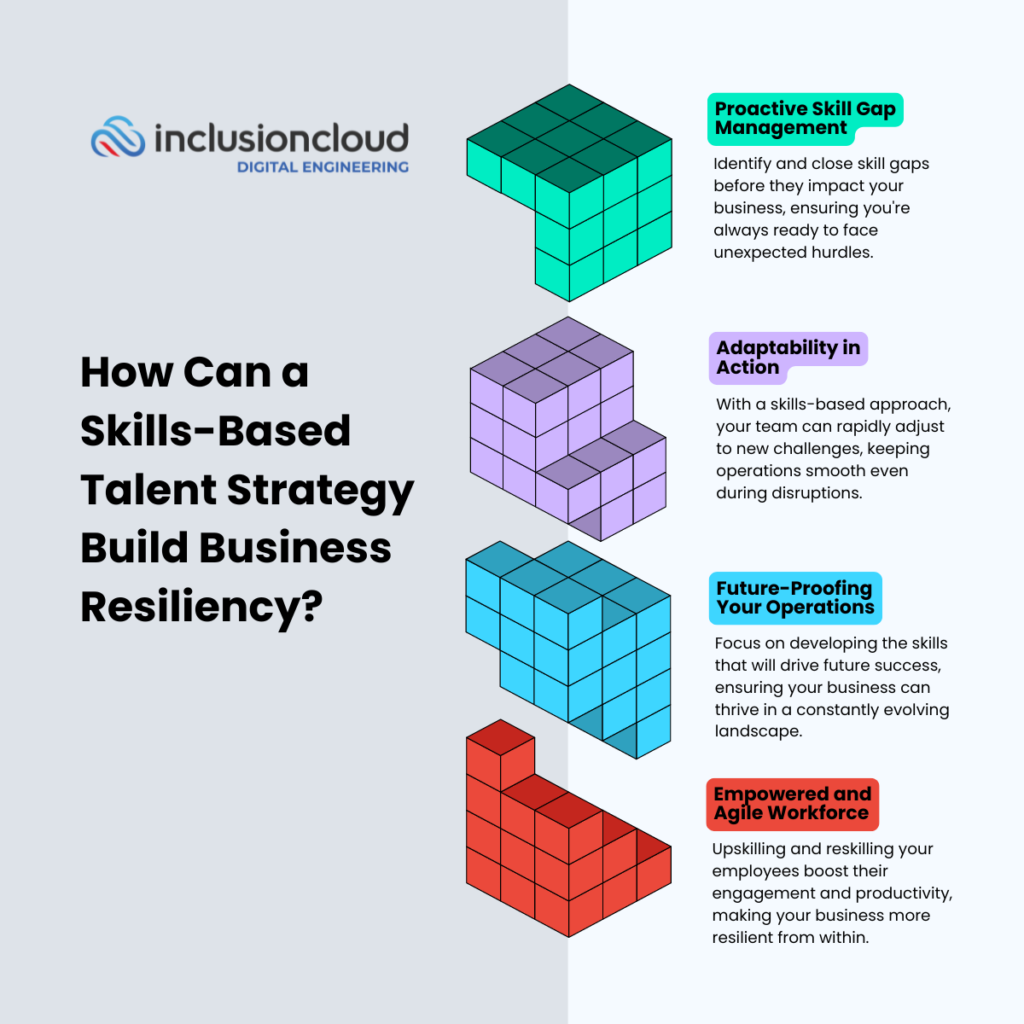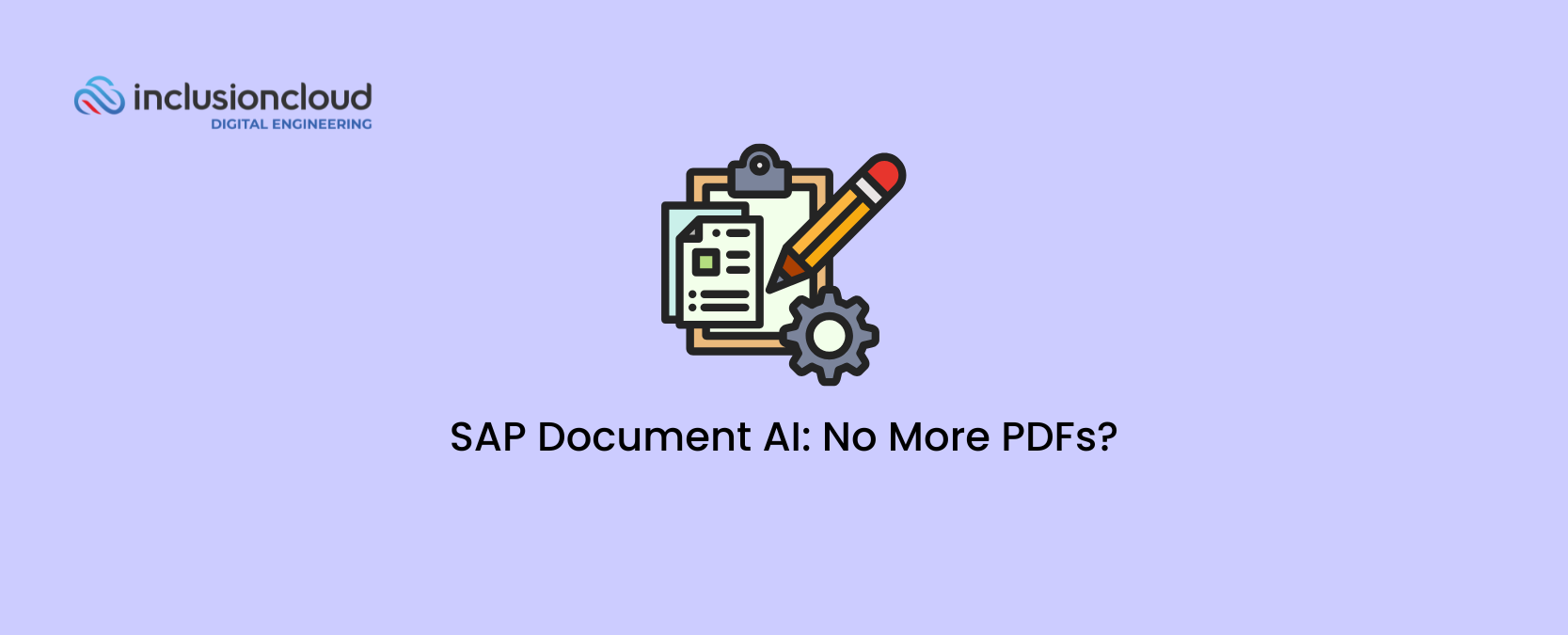In HR, new recruiting and hiring trends are always popping up. In the tech world, they shift even faster thanks to emerging technologies, the growing need for specialized skills, and the rapid pace of digital transformation.
Lately, there’s been a lot of buzz around skill-based hiring. Unlike traditional methods that focus on degrees and certifications, this approach zeroes in on the specific skills a candidate brings to the table. While skill-based hiring promises to open up more roles and boost diversity, there are still some factors that often get overlooked.
So, the big question we’re tackling in this article is: Should you jump on the skill-based hiring trend now, or are there other ways to find top IT talent?
What’s Fueling the Shift to Skill-Based Hiring?
A lot is changing in the way we work. Take this for example: In 2022, only 69% of job postings for programming or computer science roles required a degree—a 14% drop from 2017, according to BCG.
Major players like Google, Dell, IBM, and Amazon are all getting on board with this trend. It’s not just the private sector either—the White House has announced plans to transition 100,000 IT job openings to a skill-based hiring model.
So, what’s driving this change? Let’s break it down.
First off, technology is evolving at lightning speed. With new advancements in AI, blockchain, and constant updates to enterprise platforms, professionals need to keep learning, sharpening their skills, and pursuing new certifications just to stay in the game.
This creates a huge demand for specific skills, which has led to fierce competition for top talent. In fact, IDC predicts that by 2026, nearly 90% of organizations will face a talent shortage.
Another big factor? The high cost of higher education in the U.S. Fewer people are coming out of college with degrees, which has shifted the focus toward self-learning, online courses, and certifications as real alternatives.
For many companies, skill-based hiring is becoming a go-to strategy to speed up the hiring process. Dropping the degree requirement allows them to tap into a wider talent pool and even open up more opportunities for current employees who have the skills needed to move up the ladder. But, as with any shift, there are a few things to consider, which we’ll dive into later.
Finally, a lot of companies are aiming to strengthen their diversity initiatives and cut down on biases in the hiring process. Broadening the talent pool through skill-based hiring helps them bring in people with different backgrounds and a range of skills.
What Are the Benefits of Skill-Based Hiring?
Beyond just being the latest hiring trend, skill-based hiring brings some real advantages for both companies and candidates.
1. It’s a great way to pinpoint skill gaps and maximize existing talent
Skill-based hiring helps organizations get a clear picture of the skills they already have within their teams and spot the gaps that need to be filled. This approach means you’re not just hiring to fill positions—you’re strategically building a team that’s ready for the future.
2. Let employees shine by growing where they’re strongest
When employees are placed in roles that really align with their strengths, they’re more engaged and motivated. Skill-based hiring lets you tap into the talents already in your company, giving employees the chance to grow in the areas where they excel. This leads to higher job satisfaction and better overall performance.
3. Cut down on bias and strengthen your diversity efforts
By focusing on skills instead of traditional credentials like degrees, skill-based hiring helps reduce biases in the recruitment process. This opens up the talent pool to a wider range of candidates, bringing in people from diverse backgrounds who may have been overlooked before.
4. Improve retention by matching skills to roles
When employees are in jobs that match their skill sets, they’re more likely to stick around. In fact, research shows that employees hired based on skills tend to stay 9% longer at their companies compared to those hired through traditional methods.

Is Skill-Based Hiring Effective for Hiring Developers?
The short answer is, it depends.
Skill-based hiring can be particularly effective for entry-level positions in software development. At this level, candidates can often demonstrate the necessary coding skills and technical abilities through practical tests or projects, making it easier to assess their fit for the role without relying on a degree. The growing trend, with 1 in 3 companies ditching college degree requirements, reflects this shift towards valuing hands-on skills over formal education.
Why Skill-Based Hiring Alone Isn’t Enough
As you move into higher-level roles that deal with more complex challenges, the story gets a bit more nuanced.
For these kinds of positions, having a broader educational background—like what you get from a college degree—can be really important. It’s not just about the technical know-how; a degree also helps develop critical soft skills like problem-solving, critical thinking, and navigating tricky situations. These are crucial when you’re managing projects that require big-picture thinking and innovative solutions.
Another thing to consider is how we objectively assess if someone is truly a fit for these more advanced roles.
While technical skills can be tested, a degree often represents more than just knowledge. It shows that a candidate can commit to long-term goals, manage their time well, and meet deadlines—all of which are essential in the workplace. Plus, college helps build collaboration, communication, and leadership skills through group projects and presentations, which are key for working in teams and leading initiatives.
That said, a degree isn’t a guarantee that someone will excel in every aspect. Someone might have great grades but lack the hands-on experience needed for the job. That’s why a balanced approach—combining formal education with skill-based hiring—tends to work best. This ensures that candidates not only have the theoretical knowledge but also the practical and social skills to thrive in their roles.
With this combination, employers can build teams that are both technically skilled and ready to take on the diverse challenges of today’s workplace.
Expanding Talent Pools Beyond Skill-Based Hiring
Skill-based hiring is undoubtedly a powerful tool for expanding your talent pool, but it’s not the only strategy to consider.
To truly broaden your reach, it’s essential to explore other avenues, such as recruiting in new regions or leveraging staff augmentation with IT outsourcing partners.
For example, nearshoring—recruiting talent from regions that share a similar time zone, like Latin America (LATAM)—offers a significant advantage. This approach not only ensures overlapping working hours, which leads to smoother communication and collaboration, but also allows access to a less saturated talent pool. Through our experience in nearshoring, we’ve seen firsthand how partnering with experts familiar with these regions can streamline the recruitment process. This enables us to quickly present qualified candidates, helping to prevent disruptions in projects. Additionally, this strategy brings fresh perspectives that drive innovation and efficiency, enhancing overall project outcomes.
How Can You Identify the Skills Your Organization Has and What’s Missing?
Lacking key skills doesn’t just slow down projects—it limits your team’s potential. Imagine what they could achieve with the right skills in place!
To make sure you’re not missing out on opportunities, it’s essential to run a skills gap analysis. Start by breaking down the skills your organization already has: identify your team’s strengths and figure out where the gaps are. Tools like skill matrices can give you a clear picture of your team’s competencies, while regular performance reviews can offer insights into both individual and team capabilities. By assessing your current talent and aligning their abilities with your organization’s future goals, you’ll know exactly what skills you have and which ones you need to either develop or hire for.
How Can You Ensure a Candidate Is Truly a Good Fit for the Position?
Making sure a candidate is the right fit goes beyond just evaluating their technical skills.
At Inclusion Cloud, we take a well-rounded approach to candidate evaluation. Of course, we dive deep into technical interviews and look at their education, certifications, and training, but we also focus heavily on soft skills. Effective communication, teamwork, and other social skills are just as important for long-term success in any role.
We also make sure to evaluate cultural fit, ensuring that a candidate’s work style and communication approach align with our values and standards. Balancing technical abilities, social skills, and cultural fit is key to making sure a new hire not only adapts well but thrives in their role. By combining skill assessments with behavioral interviews, we get a complete picture of how a candidate will perform, helping us make great hires—not just good ones.
New Trends Are Exciting, But Don’t Forget What Already Works
Skill-based hiring can be really effective, especially for entry-level roles or jobs that are hands-on. But when it comes to more complex positions that require deeper knowledge, things can get a bit trickier. After all, we still want our doctors to have medical degrees and our engineers to be fully trained before designing bridges.
In a world where digital infrastructure powers everything from corporate operations to government systems, managing sensitive data and critical tasks calls for more than just technical skills. We need professionals who not only know their stuff technically but also have the soft skills to thrive—whether they’re engineers, enterprise platform admins, or AI developers.
Adopting new hiring trends is important, but combining them with proven methods helps us maintain the high standards needed for roles with major responsibilities.
We’d love to hear your thoughts! What do you think of this new hiring approach? Follow us on LinkedIn and join the conversation!





